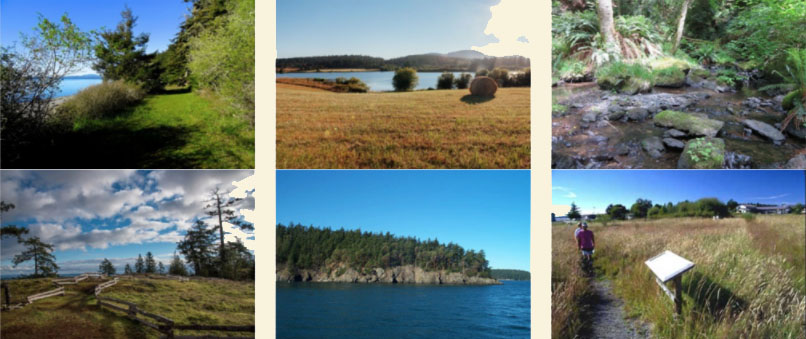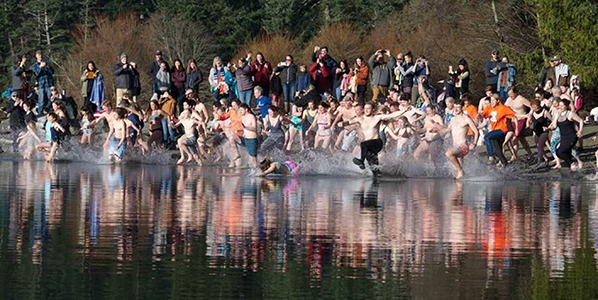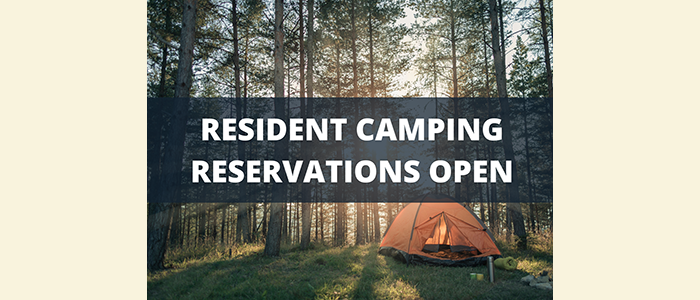— from Maurine Barnett, MaurineTalksBooks.com —
This is the time of year that every newspaper, web site, magazine, and public radio station announces their “favorite books of the year”, so who am I to not chime in with my opinion, too?
More of my favorite reads this past year (not all were published in 2015) are non-fiction, but there are a couple of standouts in the fiction category too. My reviews of each are shorter this month, so I could list more titles. Full reviews of each are available at MaurineTalksBooks.com. Enjoy, if you have not read any of these, or if you did, I hope you loved them also.
 A Little Life
A Little Life
by Hanya Yanagihara
The top of my list of fiction reads–Yanagihara follows the lives of four young men, close friends from college, in a story that fascinates, troubles, and exposes the emotional exertion it takes to find and nurture deep, intimate relationships.
Just beautiful; Yanagihara writes so effortlessly, mining the lives of four memorable characters that I will never forget.
 Gilead
Gilead
by Marilynne Robinson
It took reading Lila (National Book Award finalist in fiction, 2014) this year for me to then pick up Gilead (2005 Pulitzer Prize), part of a trilogy that follows the life of a small town preacher from the Midwest. There is so much to think about in this story, that I found myself rereading passages, putting it down to contemplate the rich ideas and language, then reading it again. I can hardly wait to tackle Home (the other book in this trio).
 A God in Ruins
A God in Ruins
by Kate Atkinson
A follow-up story to Atkinson’s rewarding book Life After Life, this story (reviewed in June 2015’s blog), follows the life of Teddy Todd from that previous novel. A WWII pilot who miraculously survives the war, Teddy returns to civilian life to cobble together a “normal” existence, including marrying and having a child, then grandchildren. The character of Teddy’s child is particularly complex and fascinating. A sprawling and really engaging novel of post-war England.
 A Manual for Cleaning Women by Lucia Berlin
A Manual for Cleaning Women by Lucia Berlin
Berlin’s name is not one many (including myself) may recognize, but she deserves to be on a small list of top short story writers with Carver, Munro, et al. Her stories in this collection alternate emotions and sensory details swiftly and smoothly–just when you relax into one scene, it changes and whisks you away to someplace else. Comic and tragic, the stories reflect many of the lives she herself has lived. Wow, was all I could say after reading each one!
 Between the World and Me
Between the World and Me
by Ta-Nehisi Coates
A most important non-fiction book of the year for me, and many others, judging from its continuing success on the best seller lists. I, for one, cannot imaging what it must be like to be a black man in America (or almost any country). Coates writes this as a letter/manifesto to his son, telling him what it is like for him to live in almost constant physical and mental fear and anger. He does not sugar-coat his experience. It should be required reading!
 Being Mortal
Being Mortal
by Atul Gawande
See my blog post from June 2015 for a review of this book, which I highly recommended for everyone! One of Gawande’s major points is that the amazing advances in medical care in the past century have left most health care providers with a laser focus on saving a life, and almost none on the quality of life the patient will have after being subjected to those techniques and medications. Prolong life, yet at what cost?
 All the Wild that Remains
All the Wild that Remains
by David Gessner
Part biography of the famous writers Wallace Stegner and Edward Abbey, part travelog, and part environmental protest, this was the best nature/philosophy book that I read this year. Abbey (the renegade) and Stegner (the professor) knew each other and did not always rub elbows fondly, but the story of their individual impacts on environmental activism reminded me how much they each have influenced stewardship of the enormous, arid, stunning land that is the West.
 H is for Hawk
H is for Hawk
by Helen Macdonald
Probably my favorite in the non-fiction category, this razor-sharp memoir about the author’s loss of her father, and her determination to train a hawk as a diversionary (healing) action is a truly original story. Macdonald slyly intertwines T. H. White’s chronicle (1951) The Goshawk into her memoir. His experience with the same kind of bird, and his struggles to train the bird with traditional, rather than modern techniques fascinated and challenged Macdonald, who had her own set of struggles and rewards while working with hers.
**If you are reading theOrcasonian for free, thank your fellow islanders. If you would like to support theOrcasonian CLICK HERE to set your modestly-priced, voluntary subscription. Otherwise, no worries; we’re happy to share with you.**







